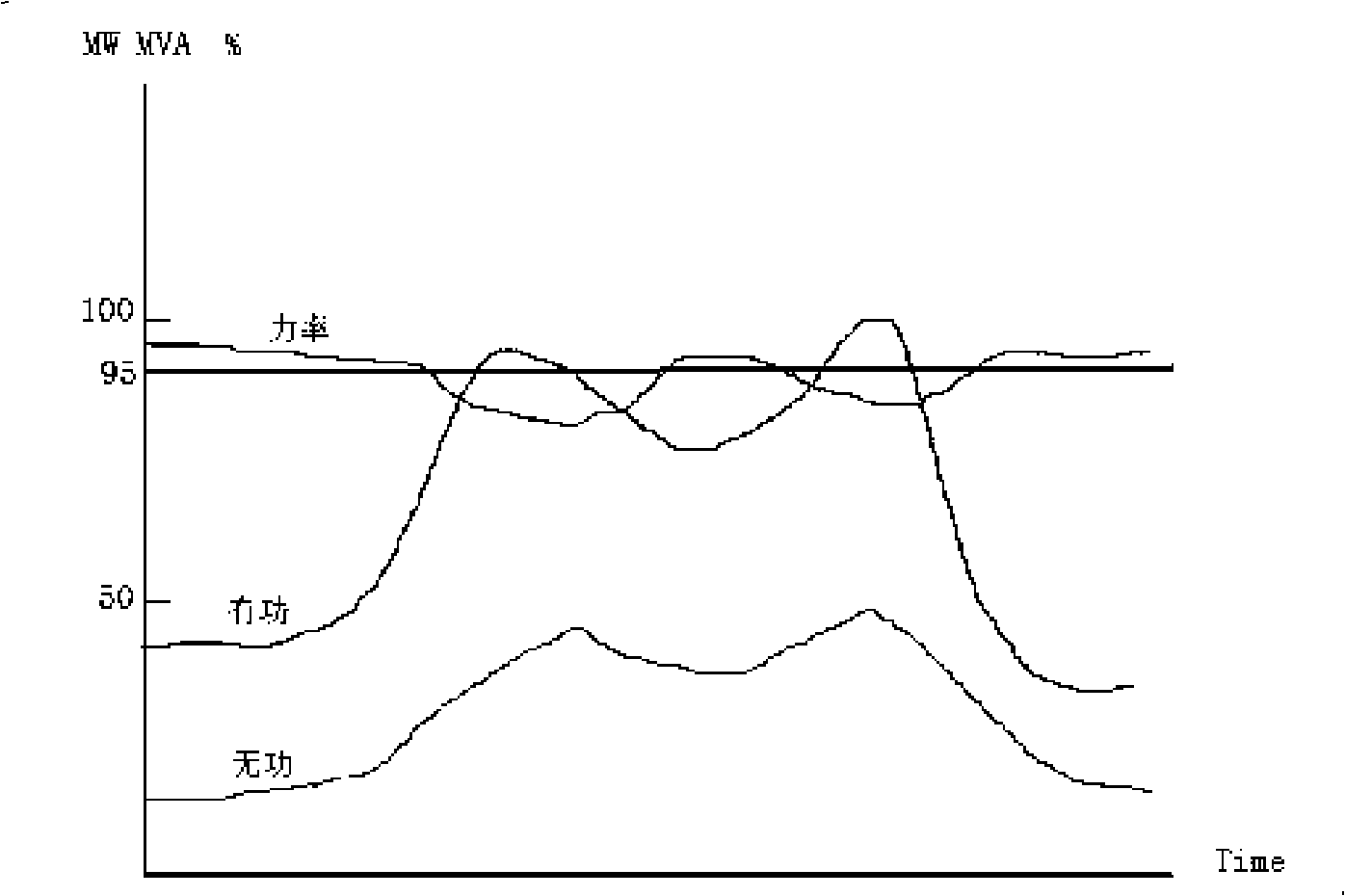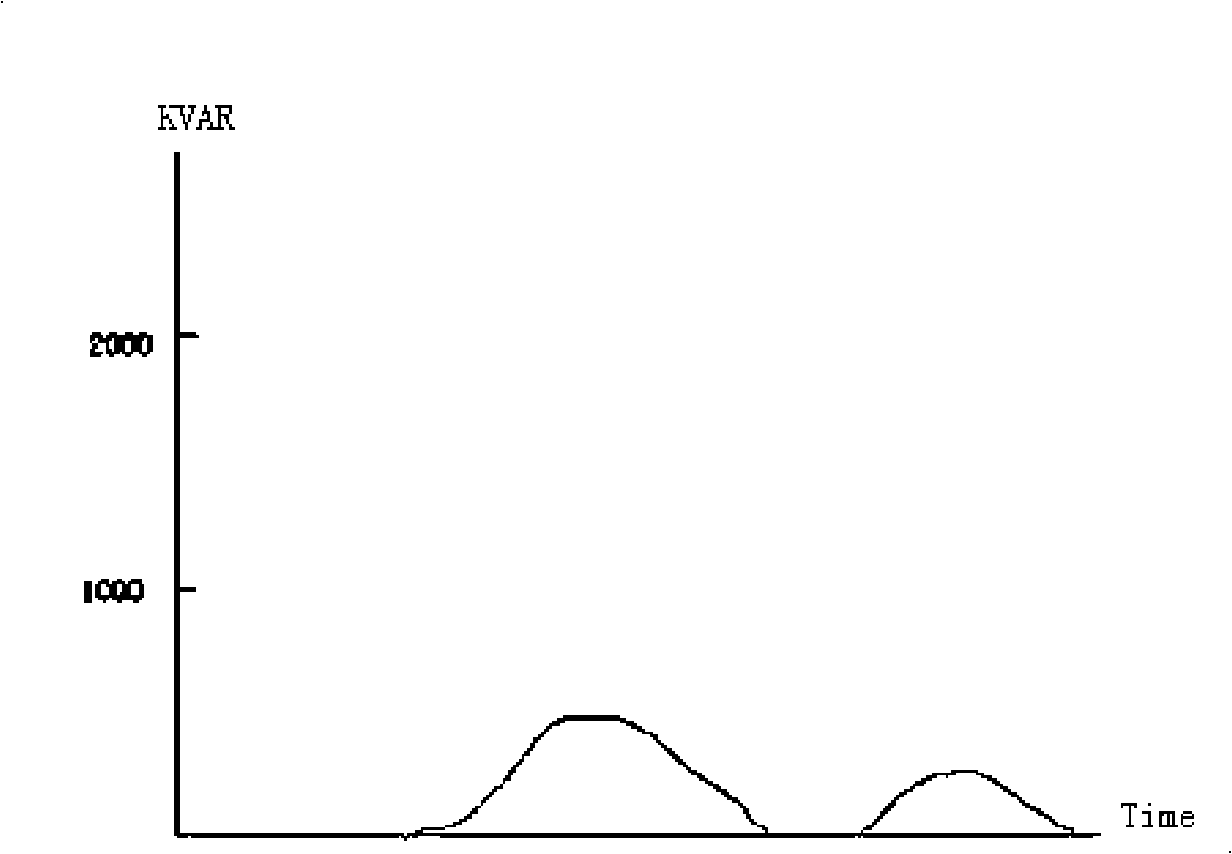Method for configuring main change reactive compensation capacitor set of transformer substation
A technology for compensating capacitors and configuration methods, applied in reactive power compensation, reactive power adjustment/elimination/compensation, etc., can solve the problem of inability to maintain voltage network loss, inability to effectively perform reactive power compensation, and unreasonable capacitor grouping configuration and other problems, to achieve the effect of avoiding equipment investment waste, reducing the impact of faults, and reducing line energy loss.
- Summary
- Abstract
- Description
- Claims
- Application Information
AI Technical Summary
Problems solved by technology
Method used
Image
Examples
Embodiment
[0057] Example: In a substation, there are two main transformers in total, and each main transformer needs reactive power compensation of 20000Kvar. According to the design of 4 sets of capacitors for each main transformer, the configuration of capacitors should be calculated as follows:
[0058] Since there are 4 sets of capacitors for each main transformer, then take the four coefficients corresponding to the 4 sets of capacitors in Table 2:
[0059] 0.143
0.214
0.286
0.357
[0060] Since each main transformer needs reactive power compensation of 20000Kvar, the capacity of each group of capacitors of the main transformer is the total compensation amount multiplied by their respective coefficients, namely:
[0061] The capacity of the first group of capacitors = 20000x0.143 = 2860Kvar
[0062] The capacity of the second group of capacitors = 20000x0.214 = 4280Kvar
[0063] The capacity of the third group of capacitors = 20000x0.286 = 5720Kvar
...
PUM
 Login to View More
Login to View More Abstract
Description
Claims
Application Information
 Login to View More
Login to View More - R&D
- Intellectual Property
- Life Sciences
- Materials
- Tech Scout
- Unparalleled Data Quality
- Higher Quality Content
- 60% Fewer Hallucinations
Browse by: Latest US Patents, China's latest patents, Technical Efficacy Thesaurus, Application Domain, Technology Topic, Popular Technical Reports.
© 2025 PatSnap. All rights reserved.Legal|Privacy policy|Modern Slavery Act Transparency Statement|Sitemap|About US| Contact US: help@patsnap.com



